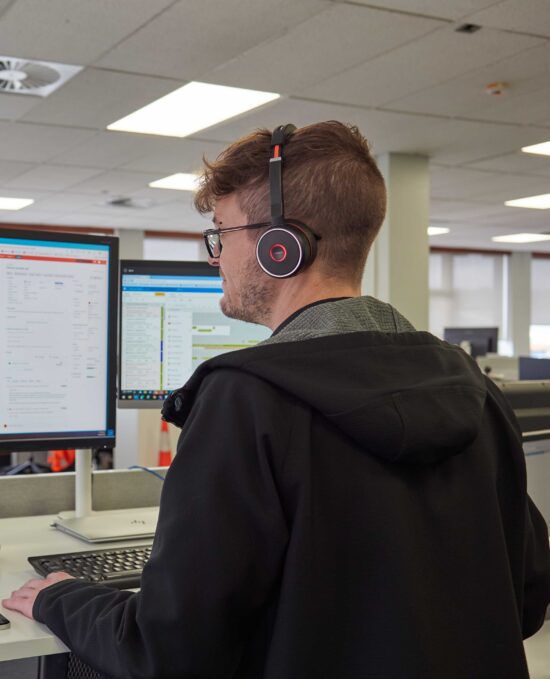
Tips to cut down your power usage
Start saving today
- Heating: Around 30–35% of your bill. Keep the heat in, use a heat pump efficiently and heat only the rooms you need.
- Hot water: Also around 30%. Take shorter showers, fix drips, and insulate your cylinder.
- Appliances: Fridges, cooktops, washing machines and dryers can add up, especially when used inefficiently.
- Lighting and standby power: Together, these can make up 10–15%. Switch off and unplug appliances when not in use and switch to LED bulbs
- Set heat pumps to 20°C and clean filters regularly.
- Use timers and thermostats on heaters.
- Keep curtains closed at night and seal drafts around doors and windows.
- Close off any rooms not in use, and only heat the spaces you use.
- When not using heating, open your windows for 10 minutes each day to let damp air out and fresh air in.
- Turn down your hot water cylinder to 60°C.
- Use low flow showerheads and fix dripping taps to reduce hot water consumption.
- Cut your shower time by just 1 minute – this can save $100 a year for a family of four.
- Use cold water for laundry and rinse dishes in a bowl instead of under a running tap.
- Always keep mixer taps turned to cold.
- Insulate your hot water cylinder to prevent heat loss.
- Cold washes can save $60–$80 per year.
- Dry clothes outside when possible or part-dry before using the dryer.
- Not all electricity retail plans are equal, and changing plans or retailers could save you up to $500 a year.
- Use powerswitch.org.nz to compare different retail plans.
- Take advantage of off-peak plans by running appliances or charging your EV overnight.
- Turn devices off at the wall – devices on standby could cost you over $250 a year.
- Turn off appliances when not in use and consider turning off extra appliances like a second fridge.
- Unplug chargers, TVs, gaming consoles, and other electronics when not in use.
- If buying new appliances, look for ones with a high energy star rating.
- Insulate ceilings and floors to reduce heat loss by up to 50%.
- Use double-glazing where possible, or try DIY window film.
- Block drafts with door snakes and seal gaps around windows.
- Use extractor fans in the bathroom and kitchen to help keep dampness out.
- Close curtains before sundown and open them during sunny days.
- Use draft stoppers to block gaps under doors and windows.
- Ventilate your home daily to reduce dampness — it’s easier to heat a dry space.
- Wipe condensation from windows and walls to prevent mould.
- Use microwaves, air fryers or slow cookers instead of the oven.
- Match pots to element size and keep lids on.
- Only boil the amount of water you need.
- Cook multiple dishes at once when using the oven.
- Let food cool down completely before putting it in the fridge or freezer.
Find tools to help


Time to change retailers?

Get access to financial support

Want to know more?
Want to see how much power an appliance uses? Get in touch to borrow a check meter — or ask us anything, we’re here to help.
